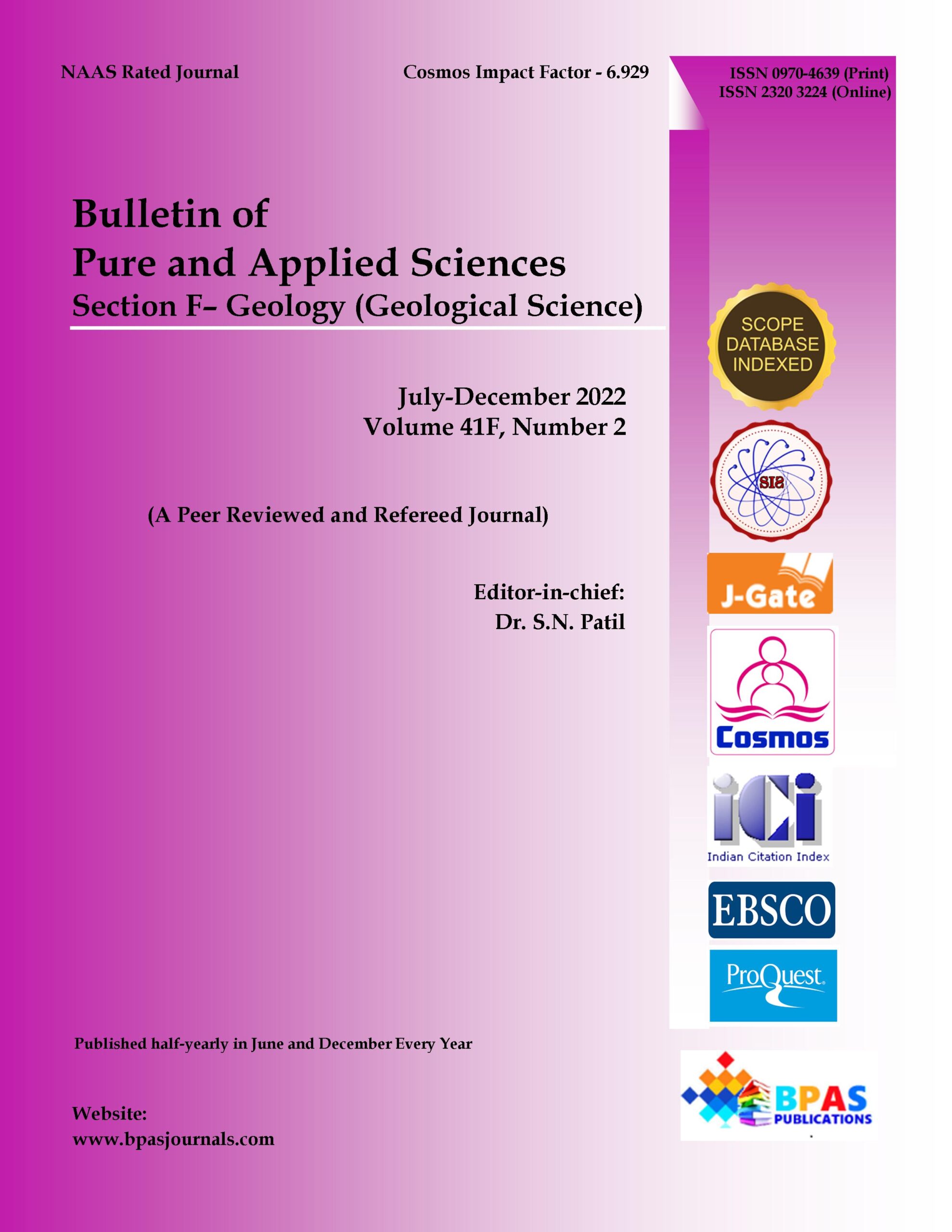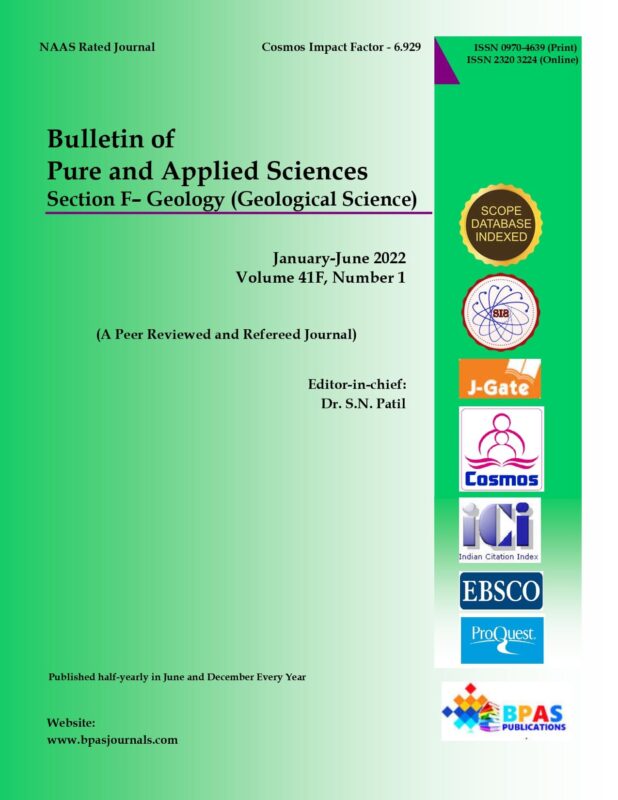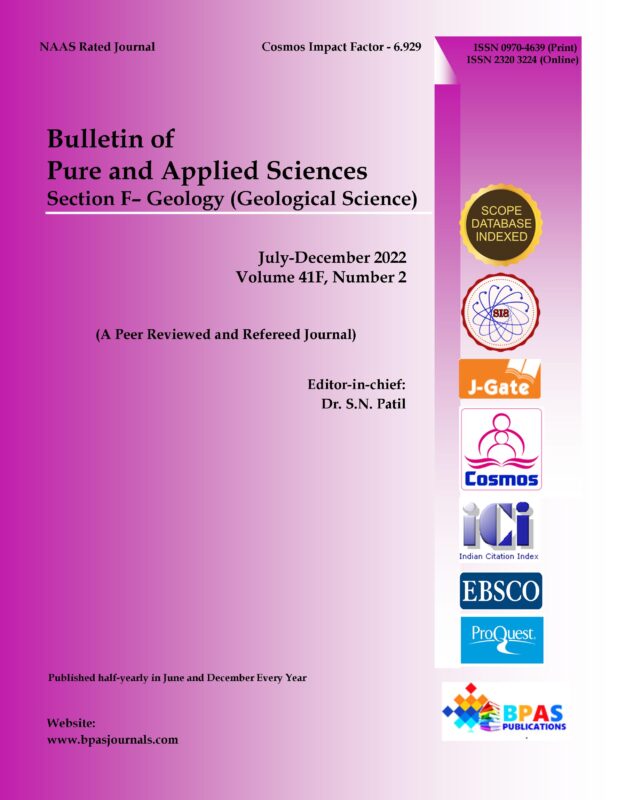Historical Review and Prospect on Diatoms study in India
9.38$
1Pranaya Diwate, 2Firoz Khan, 3Sonal Kamble, 4Rushikesh Baburao Golekar*
Bulletin of Pure and Applied Sciences.
Geology (Geological Science), Vol.41F, No.2,
July-December 2022: P.297-308
DOI: 10.5958/2320-3234.2022.00023.3
Original Article
Description
Historical Review and Prospect on Diatoms study in India
1Pranaya Diwate, 2Firoz Khan, 3Sonal Kamble, 4Rushikesh Baburao Golekar*
Author’s Affiliations:
1University Department of Basic and Applied Geology, MGM University, Aurangabad, Maharashtra 431003, India
2Department of Geology, HNB Garhwal University, Srinagar, Uttarakhand 246174, India
3PG Department of Geology, RTM Nagpur University, Nagpur, Maharashtra 440033, India
4Department of Geology, Khare Dhere Bhosale College, Guhagar District Ratnagiri, Maharashtra 415703, India
*Corresponding Author: Rushikesh Baburao Golekar, Department of Geology, Khare Dhere Bhosale College, Guhagar District Ratnagiri, Maharashtra 415703, India
E-mail: rbgolekar@gmail.com
(Received on 05.09.2022, Revised on 08.11.2022, Accepted on 30.11.2022, Published on 15.12.2022)
How to cite this article: Diwate P., Khan F., Kamble S., Golekar R.B. (2022). Historical Review and Prospect on Diatoms study in India. Bulletin of Pure and Applied Sciences- Geology, 41F(2), 297-308.



